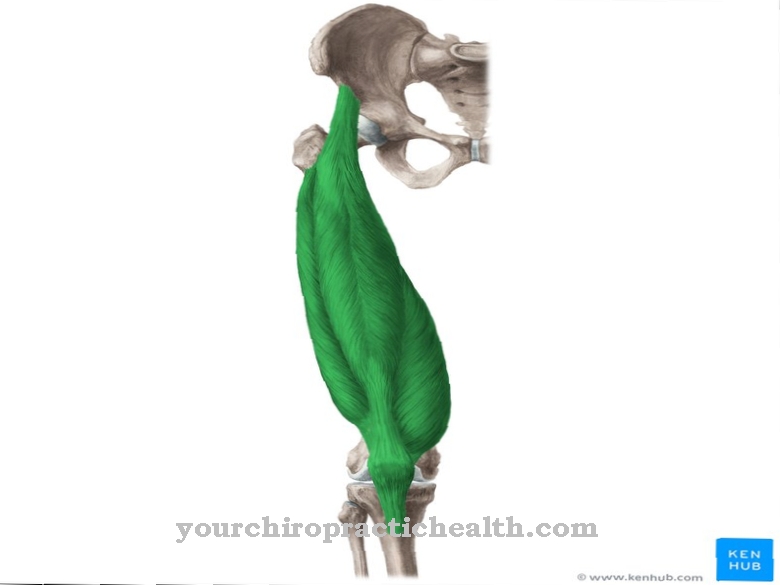The Constriction of the foreskin (phimosis) is an abnormality of the outer ring of the foreskin covering the glans of the penis that can be found in many boys and a few men. In the vast majority of cases, this mostly harmless anomaly is only of a temporary nature. Usually, no medical intervention is required to tighten the foreskin.
What is a foreskin constriction?
In the Foreskin constriction it is a condition in which the movable foreskin (prepuce) cannot be moved in such a way that the glans is exposed.
The foreskin constriction occurs in two basic forms: Either the foreskin cannot be pulled over the glans at all or only partially. In both cases, the attempt to pull the foreskin over the glans is regularly associated with feelings of tension or pain.
The foreskin constriction must be distinguished from the very frequent gluing of the foreskin (physiological phimosis), which is often confused with it, in which the inner foreskin sheet sticks to the glans as a result of developmental processes. The physiological phimosis usually resolves before the age of six.
causes
The Foreskin constriction can be congenital but can also be acquired. Inflammation or tears can lead to the formation of scars, which in boys and men with an originally normal foreskin opening lead to shrinking tissue on the foreskin.
The shrinkage then causes an acquired foreskin constriction. Diabetics are particularly prone to this type of foreskin tightening. Furthermore, certain skin diseases can be responsible for the occurrence of foreskin constriction. A foreskin narrowing can also be traced back to premature or forceful pulling back of the foreskin in babies or small children.
Symptoms, ailments & signs
Anyone who suffers from a narrowing of the foreskin can only pull it back with pain or not. A so-called foreskin adhesion (physiological phimosis) exists in every child. Only when the foreskin still cannot be retracted between the ages of three and five does one speak of pathological phimosis. In addition, symptoms such as scars, inflammation or pain can also occur.
Another symptom of a narrowed foreskin is that an erection can tear or become tight. In addition, the foreskin puffs up when you urinate and urine is difficult to evacuate. Very often the foreskin and glans are inflamed and white deposits are also visible on the glans, which arise due to the difficult intimate hygiene. If the foreskin is forcibly pulled back, paraphimosis can occur.
In this case, the foreskin becomes trapped behind the so-called glans rim and it is not possible to return it to its original position. Symptoms such as severe pain and edema in the glans are typical for this. A narrowing of the foreskin can also be symptom-free, but then it is often the cause of problems during intercourse, urinating or urinary tract infections.
Diagnosis & course
From one Foreskin constriction is generally only spoken of from the point in time when adhesive foreskin is no longer an option for the inability to retract the foreskin due to age, i.e. after the 6th birthday.
The vast majority of cases of foreskin constriction are not a serious physical problem and do not require treatment. With a foreskin constriction, however, too tight a foreskin can cut off the blood supply behind the glans after pulling it back (paraphimosis). This can lead to tissue death and, in extreme cases, even to loss of the glans if treatment is neglected.
Treatment is also indicated if there is increased inflammation under the foreskin, which is too narrow, or if urine builds up under the foreskin due to the narrowing of the foreskin, causing problems when urinating because of the narrowing of the foreskin.
Complications
An untreated foreskin constriction can lead to various complications in the further course. If no treatment is given despite pronounced phimosis, this can lead to chronic inflammation of the glans penis and foreskin. This in turn increases the risk of developing penile cancer. If the narrowed foreskin causes problems urinating, it can cause urinary tract infections.
In the worst case, the phimosis promotes acute urinary retention, in which the affected boys and men can no longer empty their urinary bladder spontaneously. Another possible complication of foreskin tightening is pharaphimosis. This secondary disease occurs when the foreskin can no longer be pushed back and thus affects the blood circulation in the penis. In the worst case, this can lead to tissue necrosis in the glans.
If the phimosis is detected early, the treatment is usually risk-free. Problems can arise if the child is allergic to the cortisone ointment that is prescribed to stretch the foreskin. If the foreskin is stretched too quickly, there is also the risk that the skin will tear. Surgical treatment can lead to infections and, in rare cases, injuries. Side effects on the anesthetics cannot be ruled out.
When should you go to the doctor?
The narrowing of the foreskin can naturally only occur in boys or men. Therefore, they belong to the risk group and should seek medical help in the event of irregularities. Disorders when using the toilet, pain in the area of the external male sex or skin changes on the penis should be checked by a doctor. If you feel unwell, feel sick or feel irritated, it is also advisable to clarify the cause.
Limitations or a loss of libido, disturbances in the sexual act or states of strong emotional distress are signs of illness. A doctor is required so that an individual treatment plan can be worked out after the diagnosis has been made. Excessive feelings of shame or withdrawal from social life also indicate irregularities. Partnership problems, an increased potential for conflict and a refusal to be physically close are often indications of existing disorders.
If the foreskin cannot be pushed back completely without symptoms, a doctor should always be consulted. During the growth process of the child, this process should be checked regularly by a pediatrician. Adolescents should be adequately educated and informed about the functions of the male sex by their legal guardians. In order to avoid complications or secondary disorders, it is advisable to consult a doctor immediately after noticing any impairments.
Treatment & Therapy
The Foreskin constriction usually disappears as a result of natural stretching processes: 20% of seven-year-olds suffer from narrowing of the foreskin, compared to just under 2% of 18-year-olds. As a result of the narrowing of the foreskin, considerable psychological irritations associated with fears can occur in the affected boy, which can usually be easily dispelled by a sensitively conducted informative discussion.
In those cases in which medical treatment of the foreskin constriction is required, the focus is on normalizing the ratio of glans size to the extensibility of the foreskin opening. Treatments with ointments containing cortisone may be sufficient if the foreskin is not narrowed.
Often, however, an operative procedure is unavoidable in order to eliminate the discomfort associated with the constriction of the foreskin when urinating or during erection. There are several variants of the surgical procedure, which lasts only a few minutes and is usually carried out on an outpatient basis, known as “circumcision”. Usually only the front parts of the foreskin are removed. Removal of the entire foreskin is less common.
In the case of foreskin constriction, the "plastic bell" method is increasingly used in very young children, in which the foreskin dies and falls off without surgery by constricting it with a plastic bell.
prevention
The innate Foreskin constriction cannot be prevented. In order to prevent an acquired foreskin constriction, one should in any case refrain from following erroneous folk medical traditions and stretch the foreskin of small children by pulling back with force. It is also absolutely necessary to see a doctor early if there is frequent inflammation of the glans penis, foreskin or urinary tract in order to avoid scarring, which could lead to narrowing of the foreskin.
Aftercare
Often times, a narrowing of the foreskin is not treated medically. This is especially the case with affected boys under ten years of age, if they are otherwise symptom-free. In such cases, however, regular follow-up checks are necessary. The examinations are carried out by the pediatrician at intervals of about six to twelve months. With the help of a palpation examination, this determines whether there are changes in the foreskin or whether there are urinary tract infections or inflammation.
In some cases, the tightening of the foreskin is surgically treated with full or partial circumcision. Several follow-up examinations are necessary after such an operation. These are usually done by a urologist. The day after circumcision, the bandage applied during the operation is changed to prevent infections from developing. It will also be checked for bleeding.
Another examination is necessary about a week after the procedure in order to identify possible complications in good time. The surgical wound takes about two to four weeks to heal. Usually self-dissolving sutures are used. It is therefore not necessary to have them removed by a doctor. If there are no complications, no regular check-ups are necessary within the first few weeks after the operation. The person affected should treat the surgical wound daily with an ointment.
You can do that yourself
Attempting to pull back the foreskin of the person with force should never be attempted as this can be very painful. This also leads to small injuries that can scar and narrow the affected foreskin opening even more. In addition, there is then the risk that the foreskin will get stuck behind the glans of the patient and cannot be pushed back alone.
The foreskin forms a ring that more and more restricts the blood supply required for the glans, this is also known as the "Spanish collar". This is an emergency that needs to be addressed by the doctor as soon as possible. The foreskin constriction requires particularly thorough genital hygiene and care. However, it is sufficient to clean only the outer penis with a mild soap. Even in the first years of life, it is not necessary to push back the foreskin completely to clean the penis. It is completely sufficient to carefully wash the outside of the penis.
In no case should you try to clean the space between the foreskin and the glans with objects such as cotton swabs, as this can damage the already sensitive skin and cause severe pain. Cleaning under the foreskin only makes sense when the existing adhesions between the foreskin and the glans have loosened.



.jpg)





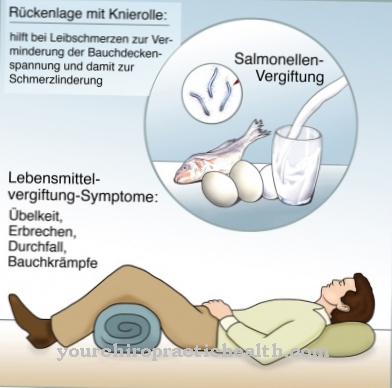









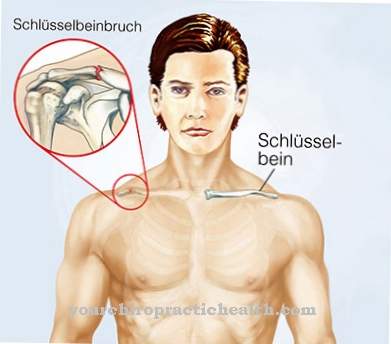

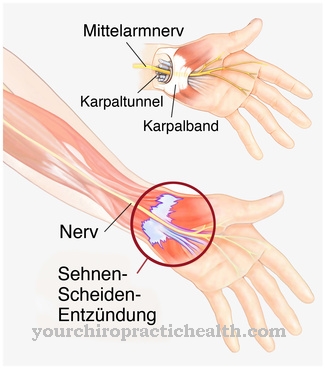
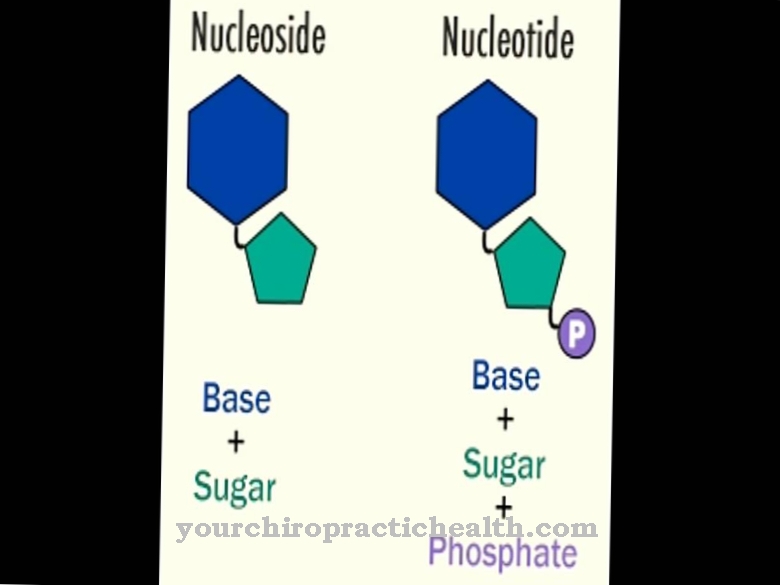

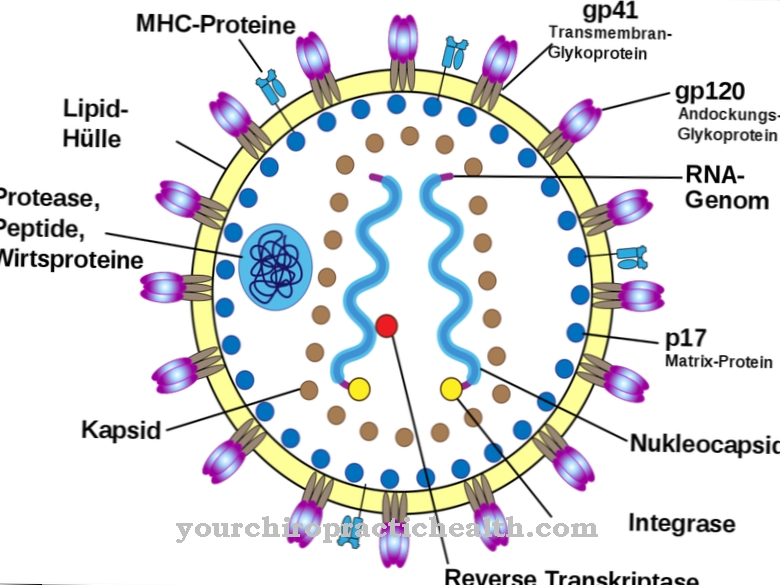
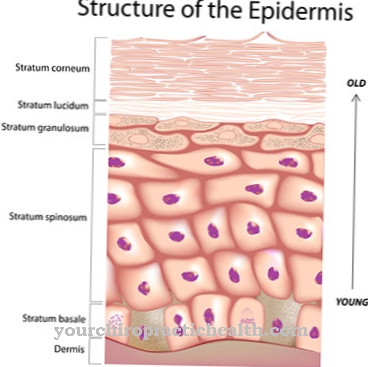
.jpg)
